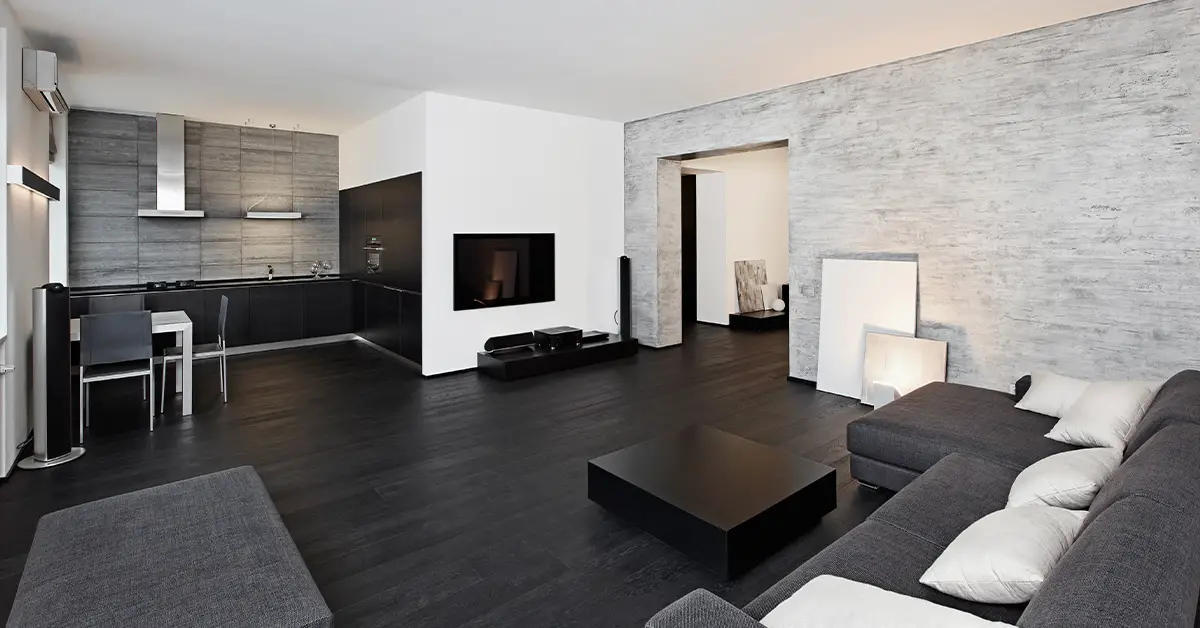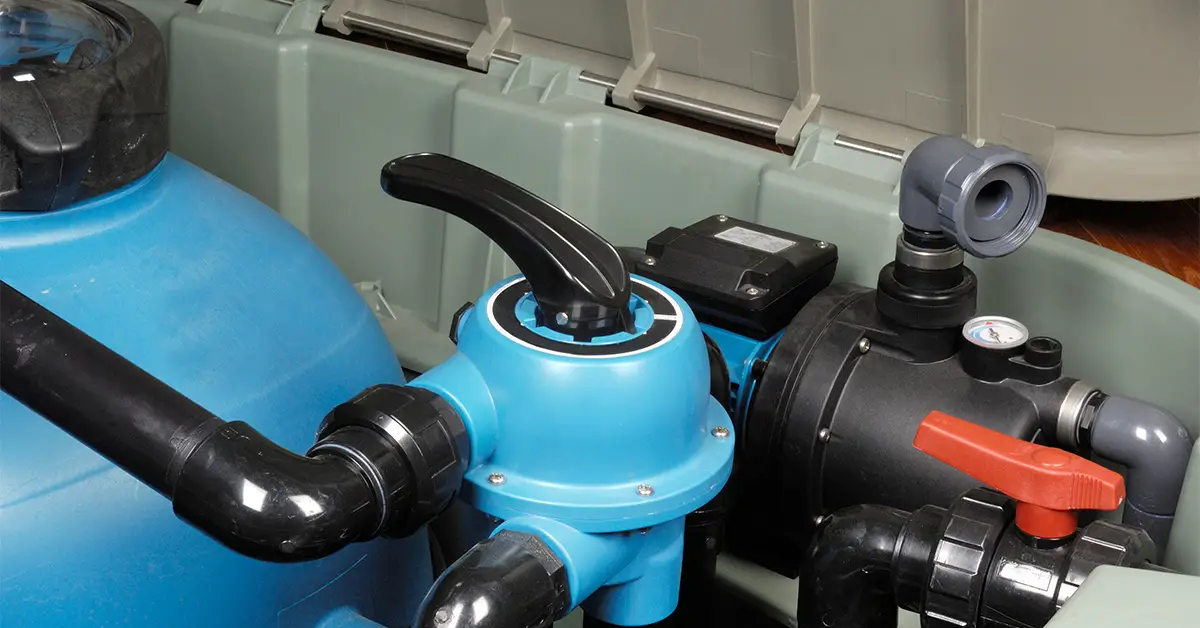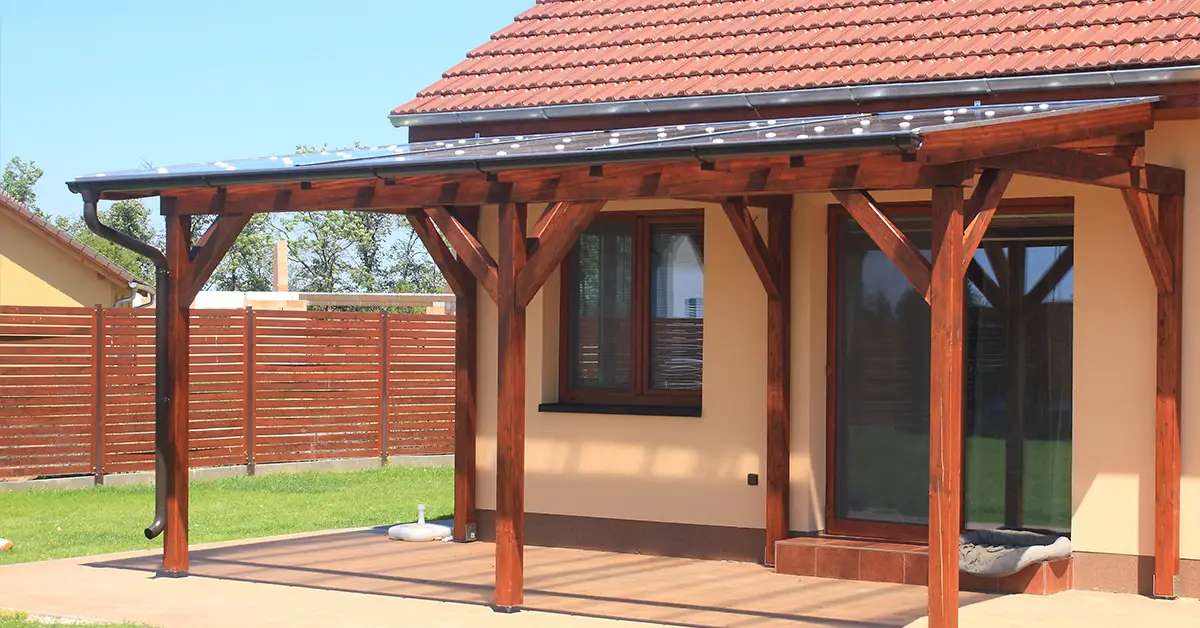In many cities across the U.S., income-restricted apartments offer affordable housing to individuals and families who require assistance. These tenants pay a fraction of the market-value rent.
It is undeniable that apartment rental prices in the United States continue to increase each year, even in small cities. This can make it incredibly difficult for those with low incomes to find suitable housing options.
Affordable housing, such as rent-restricted apartments, could be the solution. Rent for these apartments is usually a fraction of the market rent.
So, what are income-restricted apartments, and who qualifies to rent one? Find out what affordable housing resources exist and which ones are available to you.
Table of Contents
What Is Affordable Housing?
After the Great Depression caused a severe housing crisis in the 1930s, affordable housing became a federal concern. In response, the government created agencies that focused on urban and rural development.
One of these eventually became the U.S. Department of Housing and Urban Development (HUD).
Decades later between the 50s and 60s, the federal government passed measures that created affordable rental housing. These measures also subsidized the cost of providing income-restricted apartments.
The landmark Civil Rights legislation of the 1960s further helped to prevent housing discrimination. It also limited the percentage of income public housing recipients had to pay. Back then it was 25 percent.
In the 1970s, the government gave the responsibility of operating affordable housing to local governments. Now, the responsibility falls on a collection of nonprofits and agencies in each state.
What Are Income-Restricted Apartments?
Apartments with income restrictions are available for individuals and families whose incomes fall within a specific range. These apartments are either owned by the city or by private individuals who receive subsidies.
The majority of income-restricted apartments are in communities designated for affordable housing. Other communities offer a mix of market-rent apartments and income-restricted apartments.
Income restrictions for apartments vary between localities. States and local governments are responsible for setting the maximum rent landlords can change for income-restricted apartments.
Generally speaking, the rent for an income-restricted apartment is a percentage of the median income for the area in which the apartment is located. It is also based on the size of the apartment.
The best way to find out what an income-restricted apartment costs in your area is to inquire with your local housing authority.
What Is Income-Based Housing?
Income-based housing is not the same as income-restricted housing. Income-based housing is privately-owned subsidized housing. The owner of the home receives a tax credit for providing affordable, low-income rent.
With an income-based apartment, the rent can only be 30 percent of tenants’ adjusted gross income. The government subsidizes the remainder of the rent according to market value.
Income-based apartments exist because of the Low Income Housing Tax Credit (LIHTC). This program, created in 1986, resulted in over 2 million affordable units and makes up 90 percent of affordable housing in the U.S.
Income-based apartment owners who use the LIHTC also accept Section 8 vouchers.
Section 8 is better known as the housing choice voucher program. It allows a tenant to choose their housing as long as the owner agrees to use the program. The owner then gets a direct subsidy from the government.
It is also worth knowing that LIHTC properties have to comply with the Fair Housing Act. This means there are no immigration restrictions. Landlords cannot discriminate based on race, color, origin, religion, sex, or disability.
What Is Rent Control?
In some cases, it is possible to negotiate rent with a landlord. In most cases, rent is whatever the landlord wants to charge according to the market value of the apartment.
Rent control is another type of government program that limits the amount of rent a landlord can charge to lease or rent a home. It also limits the amount a landlord can charge to renew a lease or rental agreement.
The purpose of rent control is to maintain affordable costs of living for low-income individuals and families. However, the laws governing rent control vary significantly between municipalities.
Rent control is not popular in many U.S. cities. Only about 180 cities in the country have regulations regarding rent control. All of these cities are in the states of New York, California, D.C., New Jersey, and Maryland.
In addition, over 30 states have laws forbidding the enactment of rent control regulations.
Are Income-Restricted Apartments Public Housing?
The short answer is no. Income-restricted apartments are not public housing because they are operated by private owners.
Public housing units are owned and operated by a government-run housing authority. That means the government is your landlord and owns the building you live in.
In some cases, a private company may manage a public housing property. But the government housing authority still has ownership of the property.
When it comes to public housing, rent is based on a percentage of the renter’s annual income. That means renters do not pay the same amount for the same apartment. Public housing is income-based housing.
How To Qualify For Income-Restricted Apartments
Whether or not you qualify for income-restricted housing depends on whether your income falls within a certain range. Eligibility can also depend on a person’s elderly, disabled, or immigration status.
The gross annual income for your household must be 50 to 60 percent less than the median income for the area where you wish to rent. The exact percentage will depend on the size of the unit you are renting.
Median income levels vary between states and municipalities. So the income requirements for income-restricted apartments also vary.
It is the responsibility of HUD to calculate the median income for every metro area in the country every year. From there, HUD determines the maximum income that qualifies as low, very low, and extremely low.
Typically, low-income means your household income is 80 percent of the median income in your area. Very low income is usually 50 percent of the median income in your area.
In a lot of cities, income-restricted housing isn’t available for low-income families. It is limited to those whose income qualifies as very low or extremely low.
Still, if your income qualifies as low, it is worth finding out if there are any local programs available to help you.
How To Apply For Income-Restricted Housing
The first thing you will want to do is check out the Department of Housing and Urban Development. This is where you will find information on the income guidelines for your area.
The next step is to contact your local public housing authority (PHA). This is where you will find out what you would need to pay to rent the size of apartment you need. You can also find a list of available rentals in your area.
Once you’ve completed these two steps, it’s time to fill out an application.
If you are interested in a government-owned apartment, you will apply through your PHA. If you are interested in a privately-owned property, you will apply directly through the landlord.
What Happens After You Apply?
Once you have filed your application for income-restricted housing, you will need to provide specific documentation regarding your income. This includes your tax returns.
You will also need to provide photo IDs for every person who will reside in the home. Each resident will also need to present a birth certificate or another official document that provides proof of their age.
In addition to providing documentation, you will be required to pass a criminal background check. Anyone else who plans to live in the apartment may also require a background check.
Some private owners may have more strict requirements than exist in government-owned units. In addition, location will determine what types of offenses are grounds to disqualify a renter.
It is in your best interest to be completely honest about all of the information on your application. Lying on your application can result in rejection or eviction.
It is also likely that a landlord will verify your income and check your credit score and rental history.
They will need to make sure your income matches the requirement for an income-restricted apartment and that you can afford the rent and the downpayment.
Once you have provided the required documentation and passed the background check, you can expect to get put on a waitlist.
There are always long waiting lists when it comes to public housing. This is because the need for public housing exceeds its availability. That’s why housing authorities prioritize certain factors that influence their selection.
You will improve your odds of getting placed if you are flexible about the size of apartment you need. It may also shorten your wait to be flexible about whether you get an apartment that is income-based or income-restricted.
What Are Income-Restricted Apartments: What You Need To Know
What are income-restricted apartments? They are affordable housing apartments owned by the government or private individuals who receive subsidies from the government.
Income-restricted apartment rent is limited to a percentage of the median income for the area in which the apartment is located. It is also based on the size of the apartment.
Looking for tips on how to make the most out of the space in your apartment? Check out this article on how to turn a living room into an extra bedroom.








